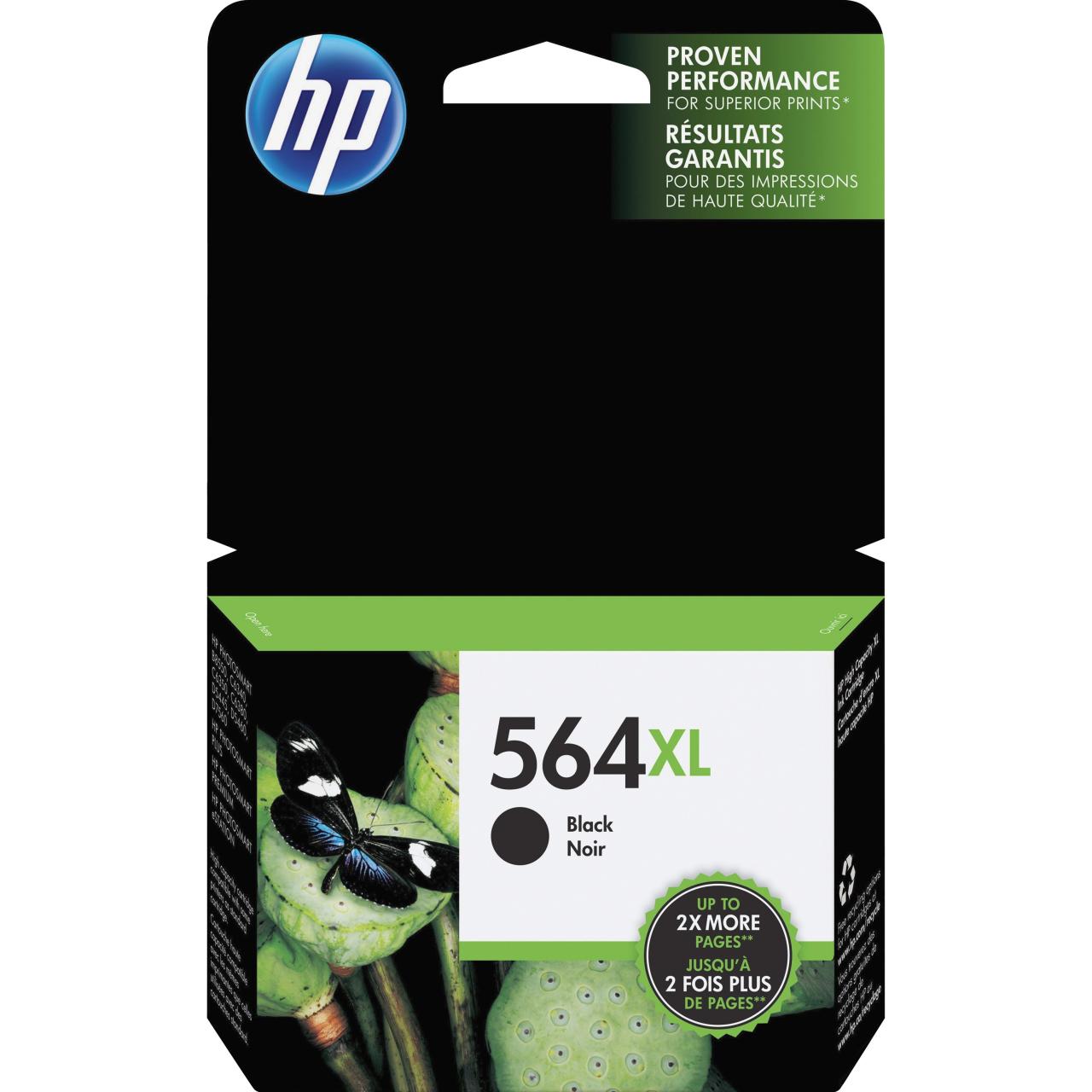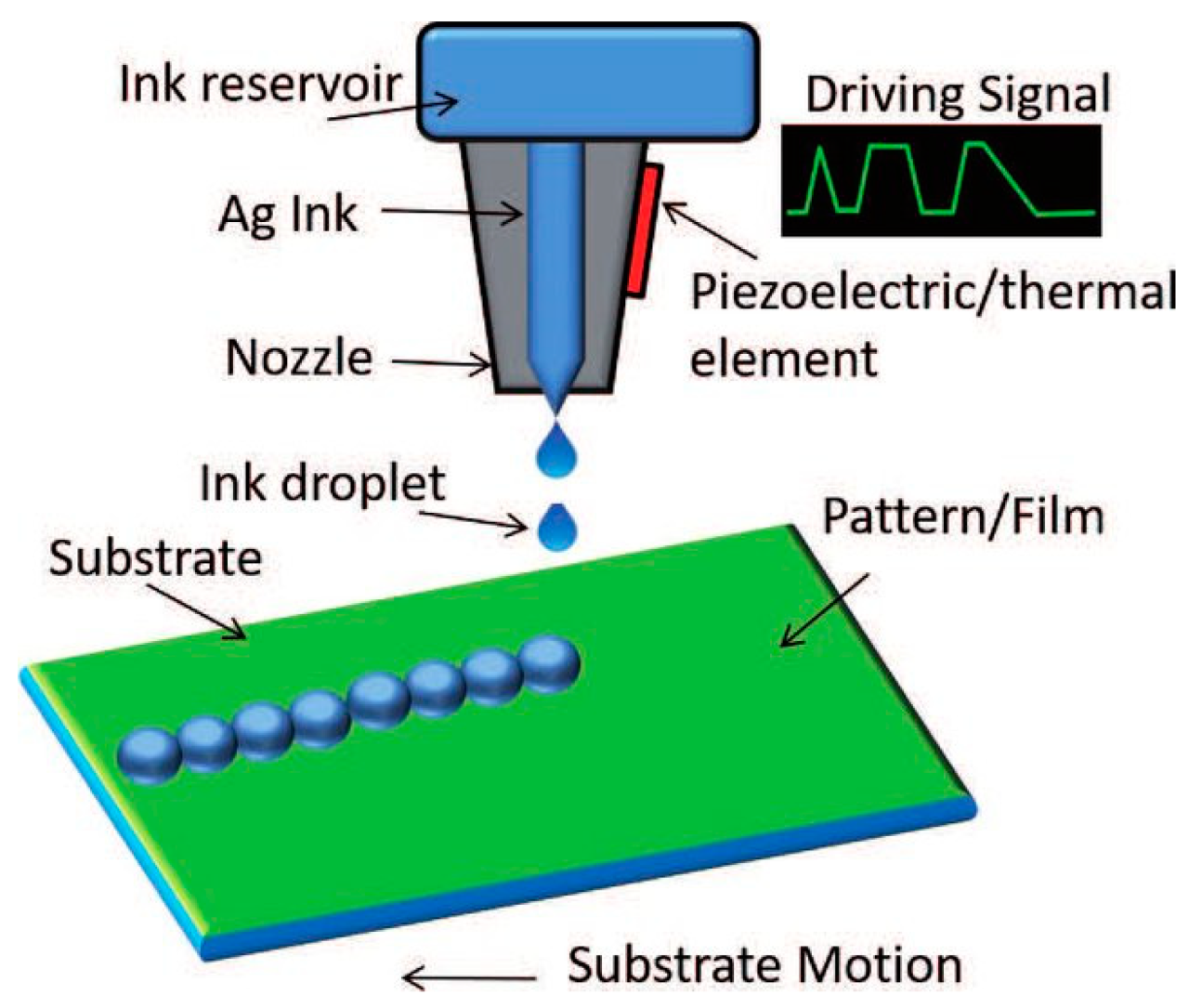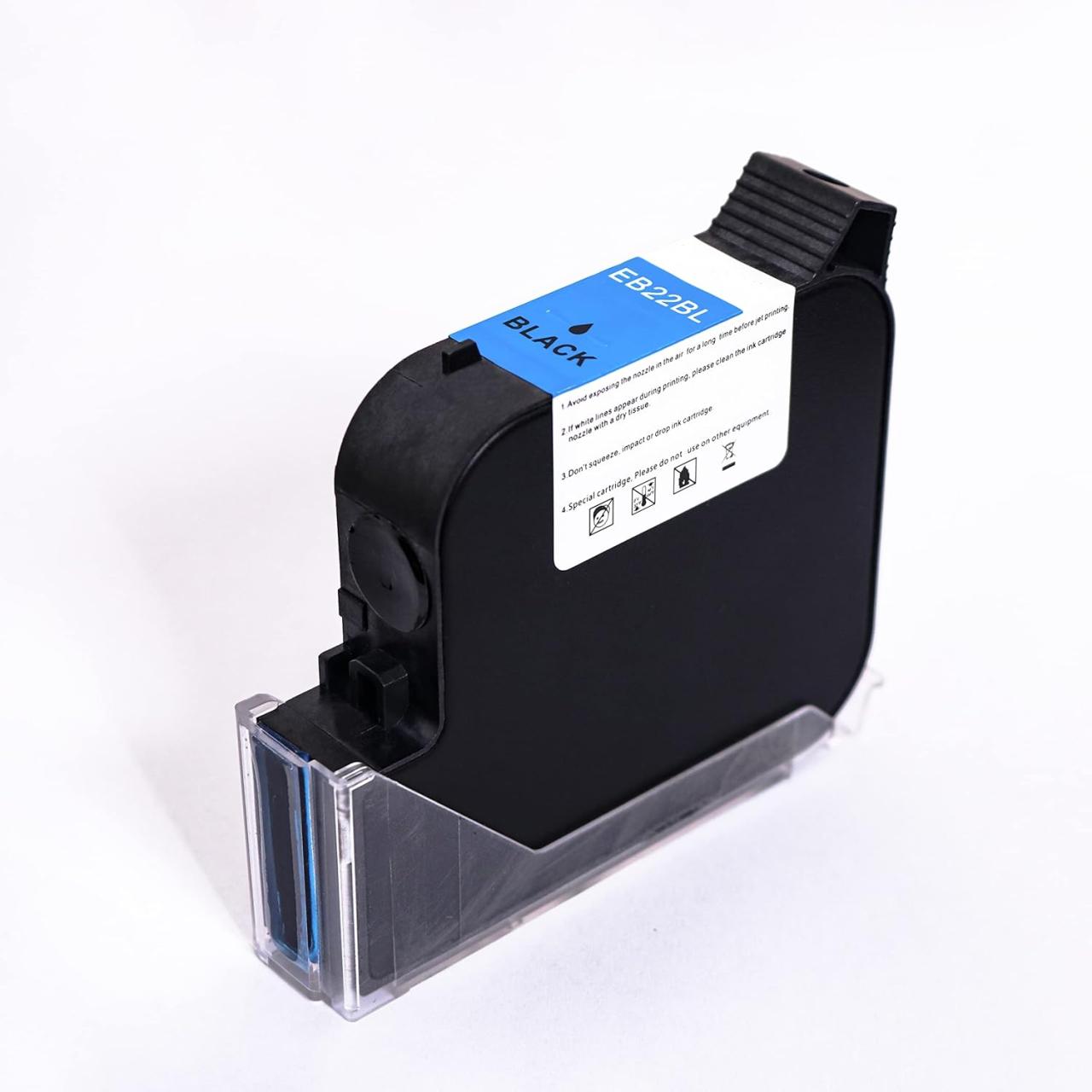Inkjet Technology Cartridge: A Comprehensive Guide
Inkjet technology cartridges set the stage for this enthralling narrative, offering readers a glimpse into a world where precision meets creativity. The journey begins with an exploration of the fundamental […]

Inkjet technology cartridges set the stage for this enthralling narrative, offering readers a glimpse into a world where precision meets creativity. The journey begins with an exploration of the fundamental principles behind inkjet printing, delving into the intricate mechanisms of thermal and piezoelectric printheads. We’ll then dissect the components of an inkjet cartridge, examining the ink reservoir, printhead, and chip technology that governs ink levels and communication with the printer.
From the manufacturing process, where ink formulations are meticulously crafted and cartridges meticulously assembled, to the critical aspects of compatibility and performance, this guide provides a comprehensive understanding of the inkjet technology cartridge. We’ll analyze the environmental impact of these cartridges, exploring efforts to reduce their footprint and promote sustainable practices. Finally, we’ll peer into the future of inkjet technology, uncovering emerging trends and their potential impact on the industry.
Inkjet Technology

Inkjet printing is a widely used technology for creating high-quality prints on various media, including paper, photographs, and even canvas. It involves spraying tiny droplets of ink onto the surface, forming images and text. This technology has evolved significantly over the years, offering improved print quality, speed, and affordability.
Inkjet Printing Fundamentals
Inkjet printing relies on the principle of ejecting tiny ink droplets onto a surface to create an image. The process involves the following steps:
- The printhead, containing ink cartridges, moves across the paper.
- The printhead receives data from the computer, indicating the position and color of each droplet.
- The printhead uses a mechanism (thermal or piezoelectric) to create ink droplets.
- The droplets are ejected through tiny nozzles onto the paper, forming the image.
Types of Inkjet Printheads
Inkjet printheads are classified based on the mechanism used to generate ink droplets:
- Thermal inkjet printheads use heat to vaporize ink, creating bubbles that force the ink out of the nozzle. These printheads are typically found in consumer-grade printers and are known for their affordability.
- Piezoelectric inkjet printheads use a piezoelectric crystal that expands and contracts when an electric field is applied. This expansion and contraction forces ink out of the nozzle. Piezoelectric printheads are often used in professional printers and are known for their high-quality prints and durability.
Advantages and Disadvantages of Inkjet Printing
Inkjet printing offers several advantages over other printing methods, such as laser printing:
- Lower initial cost: Inkjet printers are generally more affordable than laser printers, making them an attractive option for home and small office users.
- High-quality color prints: Inkjet printers can produce vibrant and detailed color prints, ideal for photographs and graphics.
- Versatility: Inkjet printers can print on various media, including paper, photographs, canvas, and envelopes.
However, inkjet printing also has some disadvantages:
- Higher running costs: Inkjet cartridges can be expensive, and the cost per page can be higher than laser printing, especially for high-volume printing.
- Smudging and fading: Inkjet prints can be susceptible to smudging and fading over time, especially when exposed to moisture or direct sunlight.
- Slower printing speeds: Inkjet printers generally print slower than laser printers, particularly for high-resolution images.
Inkjet Cartridge Compatibility and Performance
Choosing the right inkjet cartridge for your printer is crucial for optimal performance and cost-effectiveness. Cartridge compatibility ensures that the cartridge fits your printer and delivers the desired print quality.
Inkjet Cartridge Compatibility
Understanding cartridge compatibility is essential for selecting the right cartridge for your printer. Cartridges are designed to work specifically with certain printer models. Using an incompatible cartridge can lead to various issues, including:
* Print quality issues: The ink may not be compatible with the printer’s ink system, resulting in blurry or faded prints.
* Printer damage: Using the wrong cartridge can damage the printer’s printhead or other components.
* Voiding the warranty: Using incompatible cartridges may void the printer’s warranty.
To ensure compatibility, check the printer’s user manual or the manufacturer’s website for a list of compatible cartridges. The cartridge packaging also usually indicates the compatible printer models.
Inkjet Cartridge Performance
Inkjet cartridge performance is determined by various factors, including print quality, page yield, and cost per page. Different brands and models of inkjet cartridges offer varying levels of performance.
Print Quality
Print quality is influenced by factors such as ink type, nozzle size, and print resolution. Higher-quality cartridges typically use more refined ink formulations and have smaller nozzle sizes, which produce sharper and more detailed prints.
Page Yield
Page yield refers to the number of pages a cartridge can print before it needs to be replaced. Page yield varies depending on the cartridge’s capacity, ink type, and print settings. Cartridges with higher page yields are generally more cost-effective in the long run.
Cost Per Page
Cost per page (CPP) is calculated by dividing the cartridge’s price by its page yield. Comparing the CPP of different cartridges can help you determine the most cost-effective option.
Factors Affecting Inkjet Cartridge Performance
Several factors can affect inkjet cartridge performance, including:
* Ink Type: Different ink types, such as pigment-based and dye-based inks, offer varying levels of print quality, longevity, and water resistance.
* Print Settings: Print settings, such as resolution, color mode, and paper type, can significantly impact print quality and page yield.
* Environmental Conditions: Factors like temperature, humidity, and storage conditions can affect ink quality and cartridge longevity.
Environmental Impact and Sustainability of Inkjet Cartridges

Inkjet cartridges, while convenient for printing, have a significant environmental impact due to their manufacturing, use, and disposal. Understanding the environmental footprint of these cartridges and the efforts being made to mitigate their impact is crucial for promoting sustainable printing practices.
Environmental Impact of Inkjet Cartridge Manufacturing and Disposal, Inkjet technology cartridge
The manufacturing of inkjet cartridges consumes substantial resources, including plastic, metals, and chemicals. The extraction and processing of these raw materials contribute to pollution, habitat destruction, and greenhouse gas emissions. Furthermore, the manufacturing process itself generates waste, including hazardous materials that require proper disposal.
- Resource Consumption: The production of inkjet cartridges requires significant amounts of plastic, metals, and chemicals, all of which have environmental impacts associated with their extraction, processing, and transportation.
- Waste Generation: The manufacturing process generates substantial waste, including plastic scraps, metal shavings, and chemical residues. This waste requires proper disposal to prevent environmental contamination.
- Energy Consumption: The manufacturing, transportation, and use of inkjet cartridges consume considerable energy, contributing to greenhouse gas emissions.
Disposal of inkjet cartridges also poses environmental challenges. Landfilling of these cartridges can lead to the leaching of hazardous materials into the environment, contaminating soil and water resources. Improper disposal can also result in the release of harmful gases into the atmosphere.
Efforts to Reduce the Environmental Footprint of Inkjet Cartridges
Manufacturers are increasingly taking steps to reduce the environmental impact of inkjet cartridges. These efforts include using recycled materials, implementing eco-friendly packaging, and developing refillable cartridges.
- Use of Recycled Materials: Many manufacturers now incorporate recycled plastics and other materials into their cartridge designs. This reduces the demand for virgin materials and minimizes waste.
- Eco-Friendly Packaging: Manufacturers are moving towards using recyclable and biodegradable packaging materials to minimize the environmental impact of cartridge packaging.
- Refillable Cartridges: Some manufacturers offer refillable cartridges that allow users to refill the ink tanks, reducing the need for disposable cartridges. These cartridges can significantly reduce waste and resource consumption.
Recycling Programs and Initiatives
Numerous recycling programs and initiatives are in place to promote the responsible disposal of inkjet cartridges. These programs often involve collecting used cartridges and recycling them into new products, reducing the amount of waste going to landfills.
- Manufacturer Recycling Programs: Many inkjet cartridge manufacturers have established recycling programs that allow users to return their empty cartridges for recycling. These programs often involve partnerships with recycling companies.
- Retailer Recycling Programs: Some retailers offer in-store recycling programs for inkjet cartridges, providing convenient options for consumers to dispose of their used cartridges responsibly.
- Community Recycling Programs: Many communities have established recycling programs that accept inkjet cartridges, providing local options for responsible disposal.
End of Discussion: Inkjet Technology Cartridge

The world of inkjet technology cartridges is a fascinating blend of science, engineering, and artistry. From the intricate mechanisms that deliver precise ink droplets to the innovative advancements shaping the future, this guide has unveiled the complexities and possibilities of this ubiquitous technology. As we move forward, the continued development of inkjet cartridges promises to enhance our printing experiences, fostering greater creativity and efficiency in both personal and professional endeavors.
Inkjet technology cartridges have become a staple in modern printing, offering versatility and affordability. However, the intricate technology within these cartridges can also benefit fields like biology, as seen in the work of e-lab biological science & technology co.
ltd , a company specializing in innovative applications for biological research. Their expertise in microfluidics and precision dispensing, inspired by inkjet technology, demonstrates the broader impact this seemingly simple cartridge can have.






